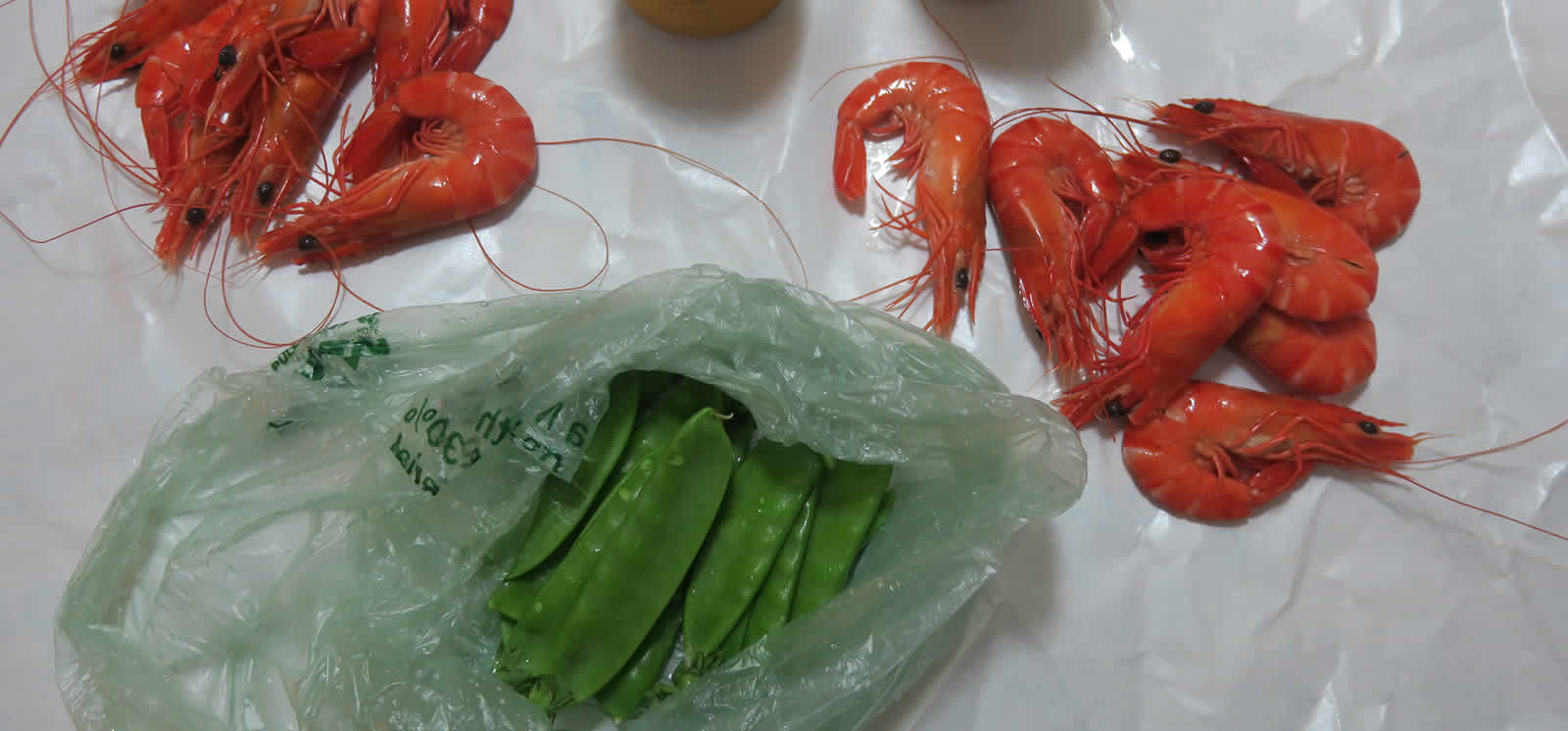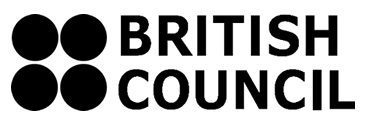5 Things I Like about Australia
Having recently returned from my first visit to Australia for an exciting writing and research project funded by Arts Council England and the British Council, I wanted to share some entirely subjective thoughts about things I enjoyed. Obvious contenders are excluded, such as the friendliness of Australians, the freshness of Aussie food, the richness of Aussie slang, its vistas and beaches, and the vast critter count. If this list seems particularly droll (or skewed towards food and alcohol), please blame the fact that I’m drafting this on a Qantas flight on the first leg of the journey home squashed in Economy at the tail end of the plane. Also note, it’s five things, not my top five.
1. The place names
As a Brit freshly arrived in Sydney, I found it surreal and comforting to see buses going to Padstow or Penrith. How wonderful to have the prospect of exploring both Cornwall and Cumbria within the same city on the same day. Whilst in Sydney I could also venture to the heart of London: travel from Hyde Park to Kings Cross and on to Paddington or Kensington if I so desired (I didn’t because I was too busy working on the project). To visit Greenwich, by contrast, I’d have to cross water, which is only right and proper. Arriving in Melbourne a few days later, I was reminded that back home I live close to the original Melbourne, a tiny Derbyshire village which bears zilch resemblance to its grand namesake. As an English person travelling around Australia it felt as though a wizard had taken a bunch of place names, mixed them in a magic pot and liberally scattered them.
The British names, and places named after early Australian explorers and the like, are only a couple of name types. Tongue-defying, polysyllabic indigenous names are another. Examples in Sydney include Ku-ring-gai, Woollahra and Warringah. Then there are the names that have come straight from the Wild West: Alligator Creek, Dead Man’s Creek, Skeleton Creek and the like (these are not in Sydney). And my favourite, names that do what they say on the tin; names which feel as though someone got off the boat and named a place after the first, most obvious thing they saw: Shark Island or Kangeroo Point, for example. Yes, when it comes to the nomenclature of places, Australia loves mixing it up. (Did you know that Australia also has the only town in the world with a number for a name? Look it up or email me if you get stuck.)
2. The women of Australia
Hoorah for the tanned, outdoorsy women of Australia who are approachable, open and friendly (drat, I said I wasn’t going to mention friendliness). The openness is clearly cultural. But Australia is also a relatively safe country – unless you’re talking snakes, spiders or melanoma – so this enviable confidence is also born of seemingly not having to worry in the same way about personal safety compared with perhaps living in parts of the UK. When my project partner, Carl Burness, and I asked for help with directions, Australian women tended to give clear and explicit directions. If they didn’t know the way they stated with equal jollity that they hadn’t a clue and – uttering a phrase such as, ‘It’s no drama’ – flipped open their phones to Google Maps to sort you out.
Being so far away from most of the rest of the world seemed to have equipped Australian women with an innate sense of direction, I decided. Roughly half those I spoke to were super competent in this regard. The other half (and this went for Australian blokes too) blithely said they hadn’t a clue how to find a location that was a hop and a skip away from where we were standing, even though they’d lived in the same place all their lives. I found this both surprising and endearingly parochial. But let’s not talk about my sense of direction.
3. Public loos
It is almost impossible to get caught short in Australia. Whether you’re in the centre of a city or the middle of nowhere, public lavatories are as populous as, well, types of gum trees. (Not a very good analogy, I know.) Even more amazing to Brits who know better than to drink copious amounts of fluid outside a decent department store of boozer – and who have seen Victorian urinals turned into bijoux apartments as Council budgets have been (ahem) slashed – is that all public lavs are stocked with loo roll.
I feel I must expound. Even in remote parks in the dud end of town next to a flooded patch of waste ground good only for mosquito breeding, there’s loo roll. Even by the seaside where there’s a phenomenal footfall there’s paper (and the loos still smell fragrant). Even in tropical wetlands where you’re advised to look under the seat in case a spider the size of a dinner plate has dropped in from the rafters, there’s paper. This even goes for the frequent rest and picnic stops by the side of the major highways, which are a bit like the French ‘Aires’. Who stocks all these loos? I never once saw one being replenished. Maybe they have trained the roos to restock the loos – that could be a new use for those pouches. But, with a population of only 24 million, there are fewer bums to cater for. Or perhaps the Australian government and Australian councils really care about public convenience(s).
4. Woolworths
What a surprise to find Woolworths alive and well in Australia, as if, having had enough of snow in the UK in March, it had emigrated to warmer climes. I have no idea if the Australian Woolworths is a long-lost cousin of the demised British company or not, and don’t wish to be disillusioned if it isn’t. But the interesting this is that down under, Woolworths doesn’t sell CDs from the UK Top 40 and have a great Pick n’ Mix section by the front door next to the passport photo booth, (which used to be perfect for taking silly selfies with your friends before the invention of smartphones). In Australia it’s actually a supermarket. In fact, it’s one of only two big Australian supermarket chains: Woolworths and Coles.

Woolworths sells all kinds of food including all kinds of fresh food (damn, I said I wouldn’t mention that either). One evening, having missed restaurant hours (it can be hard to get a meal after 9 p.m), I went off to the Woolworths. At the fish counter the prawn tray was empty. I quite fancied some fresh Australian prawns as a change from the paltry offering in my local Morrisons in Blighty. Within seconds the assistant had poured a plentitude of huge, caught-that-day(ish) Tiger prawns into a tray. I ate them with raw sugar snap peas.
5. Bottle shops
Although the Aussie Woolworths can be as big as one of our out-of-town Tesco’s, it doesn’t sell booze. You have to go to a bottle shop for that. Not an off-licence, a bottle shop. It’s the perfect description. To me the phrase ‘bottle shop’ conjures Dickensian London. It summons characters with flouncy names and fingerless lace gloves blowing dust off old apothecary bottles or off hidden stashes of gin/laudanum. But also, wonderfully, the name does what it says on the tinny.

Don’t believe the British Fosters ads, though: I never saw the stuff. It’s all triple X down under and sometimes comes in a cute foam beer cup to keep it cool. And beer costs roughly twice what it does in England. Australia also boasts ice vending machines in bottle shops and sometimes in the street, which is a whole ‘nother subject. I stopped to gawp every time but mostly just put my head inside to cool off.
I’ve been writing for an hour and have made peace with Qantas cabin crew lady who accidentally trod on Carl’s toe making it bleed. She was probably having a ‘personal drama’ like that Hertz lady I met whose home, it turned out, was being overrun by sugar ants. See, I can count the unfriendly Aussies I’ve met on one hand.
See the Doggerland project page for more about my Arts Council England and British Council funded research project in Sydney and Melbourne.
#JHartACEinOz
Share this Page
Enjoyed this post? Please sign up to my newsletter:



